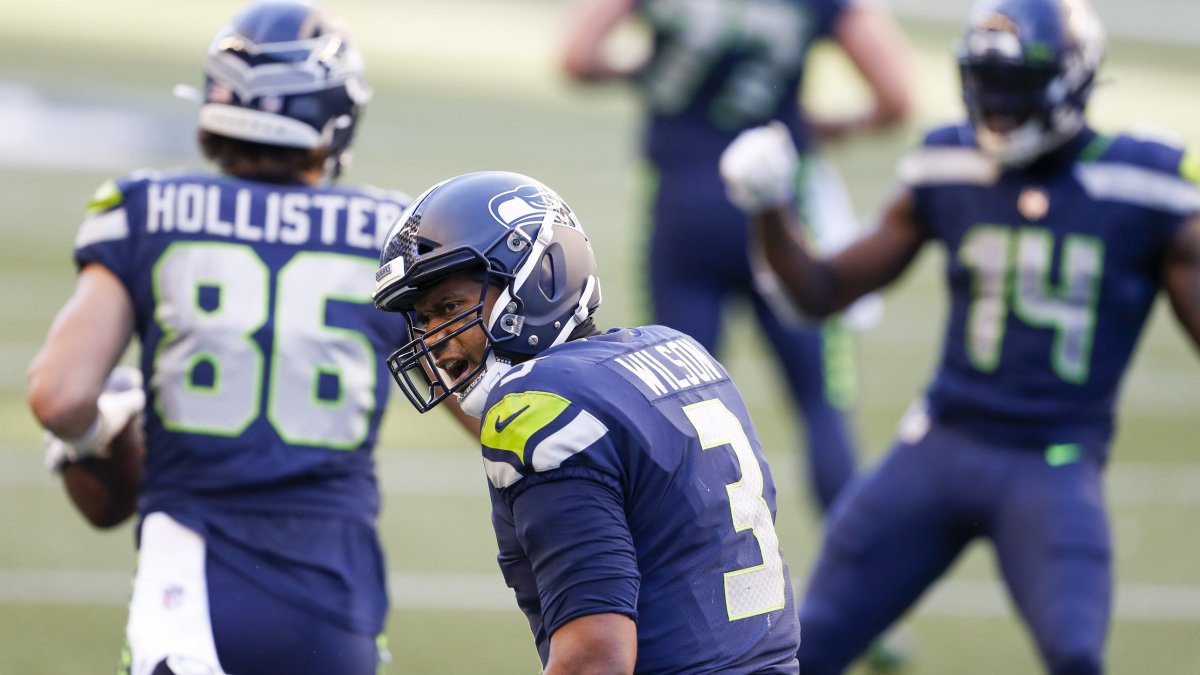Another game, another 30-plus point outing — and another five touchdown passes for Russell Wilson. After three straight weeks of that, it’s barely even noteworthy at this point. The Seattle Seahawks‘ offense is burying teams with largely the same personnel we saw from them a season ago. So what changed? The realization that this is a team built to win with its offense. This isn't the Legion of Boom Seahawks, but the 2020 version is a legitimate Super Bowl contender, nonetheless.
[Editor's Note: PFF's advanced statistics and player grades are powered by AWS machine learning capabilities.]
Let Russ Cook
It's not a novel idea to put the ball in an elite quarterback's hands as much as possible. The Chiefs with Patrick Mahomes, the Packers with Aaron Rodgers and the Saints with Drew Brees, among others, have consistently been among the pass-heaviest teams in the NFL. Even “off” games from quarterbacks in that tier are far more efficient than running the ball.
In 2019, 27 passing offenses finished the season with positive expected points added (EPA). That same number for rushing offenses was just 10. The Baltimore Ravens had the league’s most potent rushing attack by far (100.56 EPA), with the next closest being the Cowboys (37.08). Compared to passing offenses, the Ravens' rushing EPA total would have finished only 12th in the NFL — nearly 150 EPA behind the Chiefs' league-leading passing attack. Simply put, it’s far, far easier to score points through the air.
Exclusive content for premium subscribers

WANT TO KEEP READING?
Dominate Fantasy Football & Betting with AI-Powered Data & Tools Trusted By All 32 Teams
Already have a subscription? Log in



 © 2025 PFF - all rights reserved.
© 2025 PFF - all rights reserved.